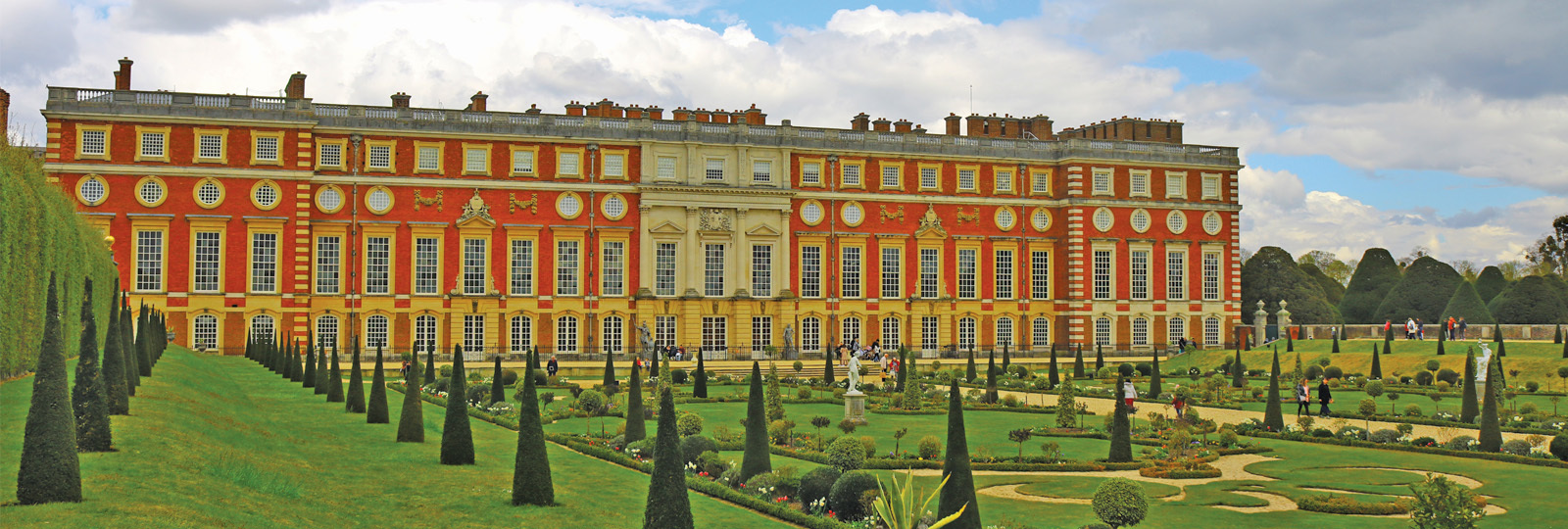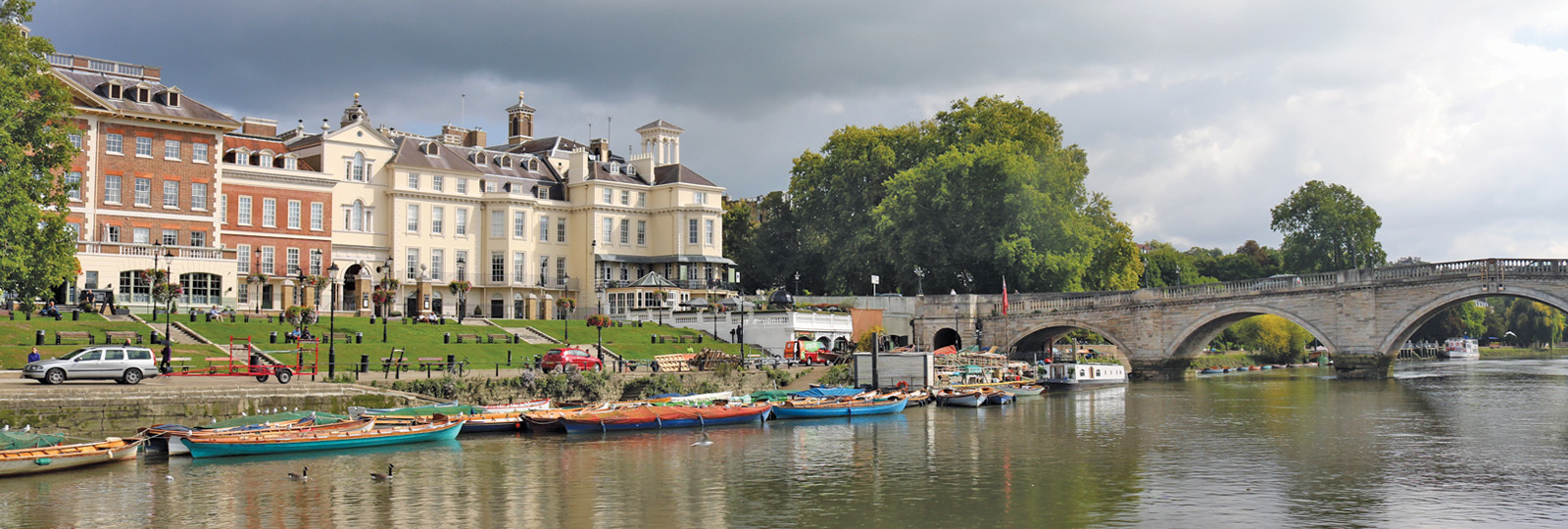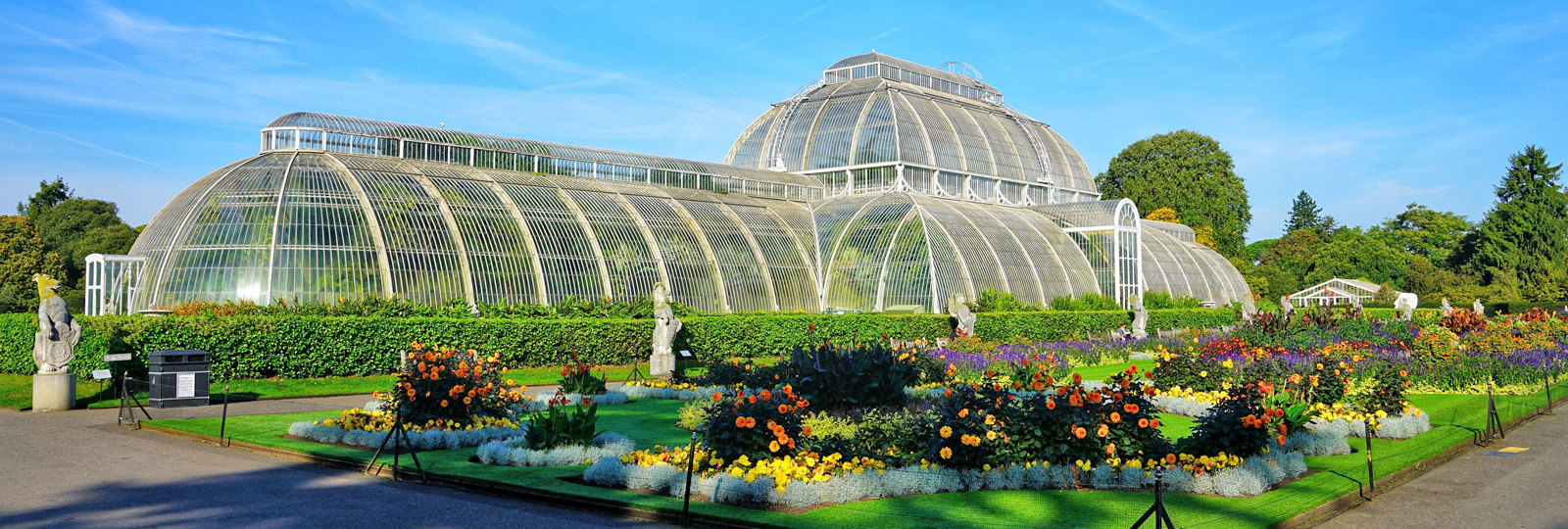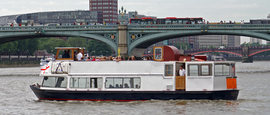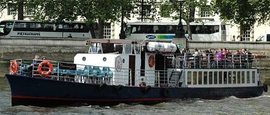The Bridges
Westminster Bridge
The original Westminster Bridge, designed by the Swiss architect Charles Labelye, was built between 1739–1750.
By the mid 19th century the bridge was subsiding badly and expensive to maintain.
The current bridge was designed by Thomas Page and opened on 24 May 1862.
With a length of 820 feet (250 m) and a width of 85 feet (26 m) it is a seven-arch wrought iron bridge with Gothic detailing by Charles Barry (the architect of the Palace of Westminster), it is the oldest road bridge across the Thames in central London.
Lambeth Bridge
Lambeth Bridge is on the site of a horse ferry between the Palace of Westminster and Lambeth Palace on the south bank.
The first modern bridge was a suspension bridge, 828 feet (252.4 m) long, designed by Peter W. Barlow.
It ceased to be a toll bridge in 1879 it was by then severely corroded, and by 1910 it was closed to vehicular traffic.
The current structure, a five-span steel arch, designed by engineer Sir George Humphreys and architects Sir Reginald Blomfield and G. Topham Forrest.
It was built by Dorman Long and opened on 19 July 1932 by King George V.
The bridge is notable for the pairs of obelisks at either end of the bridge, which are surmounted by stone pinecones however, there is a popular urban legend that they are pineapples, as a tribute to Lambeth resident John Tradescant the younger,
who is said to have grown the first pineapple in Britain.[5]
Vauxhall Bridge
The Bridge was built in 1895-1906 by Alexander Binnie, using footings of the previous bridge, which dated from 1816.
The Bridge has 5 arches with pillars with allegorical statues by sculptors F. W. Pomeroy on the upstream side and Alfred Dury on the downstream, on the upstream side the first figure is Pottery, the second is Engineering and the third is Architecture and finally, closest to the north-west bank is Agriculture. The statues on the downstream side are by the sculptor Alfred Drury, His subjects are Education, Fine Art, Science, and Local Government.
The River Effra flows under the MI6 building and into the Thames to the south of the bridge.
Chelsea Bridge
The first Bridge, initially called Victoria Bridge, opened in 1857, and operated as a toll bridge until 1879. It was demolished during 1934–1937, and replaced by the current structure, which opened in 1937.
ALBERT BRIDGE One of the few suspension bridges in London, and also among the most picturesque especially when illuminated at night.
Designed by Rowland Ordish and opened in 1873 as a toll bridge, the toll-houses remain in place, but unused with a reputation for being shaky, notices at both ends warn marching troops to break step when crossing.
Battersea Bridge
the first bridge opened in 1771, replaced a ferry service that had operated near the site since at least the middle of the 16th century.
In 1885 the bridge was demolished and replaced with the existing bridge, designed by Sir Joseph Bazalgette and built by John Mowlem & Co.
The narrowest surviving road bridge over the Thames in London, it is one of London's least busy Thames bridges.
Wandsworth Bridge
The first bridge on the site was a toll bridge built by Julian Tolmé in 1873, the current bridge, built in 1937 is an unadorned steel cantilever bridge designed by Sir Thomas Peirson Frank, was opened in 1940.
It has been described as probably the least noteworthy bridge in London
Putney Bridge
Putney Bridge is the only bridge in Britain to have a church at both ends
St. Mary's Church, Putney on the south and All Saints Church, Fulham on the north. Originally built by local master carpenter Thomas Phillips to a design by architect Sir Jacob Acworth, the first bridge was opened in November 1729.
The current bridge was designed by civil engineer Sir Joseph Bazalgette as a five-span structure, built of stone and Cornish granite
Bazalgette also designed London's sewerage system, and the bridge integrates two of his five outfall sewers running perpendicular to it. It was constructed by John Waddell of Edinburgh It is 700 ft long (210 m) and 43 ft wide (13 m),
and was opened by the Prince (later King Edward VII) and Princess of Wales on 29 May 1886.
In 1933, the bridge was widened to its present three carriageways, the stone marking the downstream end of the Championship Course is used for all boat races through Putney in Olympic class rowing boats. Just west of the bridge, rather than at the bridge itself under which the centre of its middle arch would provide an advantage if starting underneath it, as all races are competed with the tide.
Hammersmith Bridge
The original bridge, the first suspension bridge over the River Thames, was designed by William Tierney Clark and opened in 1827
The current bridge was designed by Sir Joseph Bazalgette and rests on the same pier foundations as Tierney Clark's original structure.
The new bridge was built by Dixon, Appleby & Thorne and was opened by the Prince of Wales on 11 June 1887
Chiswick Bridge
Built in 1933 on the site of a former ferry, the bridge is 606 feet (185 m) long and faced with 3,400 tons of Portland stone
At the time of its opening its 150-foot (46 m) central span was the longest concrete span over the Thames.
The bridge is possibly best known today for its proximity to the end of The Championship Course, the stretch of the Thames used for the Boat Race
Kew Bridge
The first bridge was built by Robert Tunstall of Brentford who previously owned the ferry on the site. The bridge was inaugurated on 1 June 1759 by the Prince of Wales driving over it with his mother.
The first bridge was constructed with two stone arches at each end and 7 timber arches in between, which proved costly to maintain. The bridge only lasted 30 years.
The new bridge was designed by James Paine was built entirely of stone was again opened, on 22 September 1789 by George III
The engineer Sir John Wolfe Barry was invited to assess the bridge in 1892 and recommended building a new bridge rather than modifications to the second one.
The third bridge was built of Cornish granite and was opened on 20 May 1903 by King Edward VII and Queen Alexandra
Twickenham Bridge
Built in 1933,the bridge's architect was Maxwell Ayrton and the head engineer was Alfred Dryland. The bridge was opened on 3 July 1933 by Edward, Prince of Wales.
The design of the bridge was of three reinforced-concrete arches supported on concrete piers with Art Deco embellishments.
The bridge incorporates three permanent hinges enabling the structure to adjust to changes in temperature, the first reinforced concrete bridge structure in the UK to use such an innovation
Richmond Bridge
The Grade I listed bridge was built in Portland Stone between 1774 and 1777, by Thomas Kerr, as a replacement for a ferry crossing.
The bridge was widened and slightly flattened in 1937–40, but otherwise still conforms to its original design, the eighth Thames bridge to be built in what is now Greater London, it is today the oldest surviving Thames bridge in London.
Kingston Bridge
An old wooden bridge has existed in Kingston since before the 13th Century. The existing bridge, built of Portland stone was constructed around 100metres upstream of the old bridge.
Built by Edward Lapidge, bridge was opened by the Duchess of Clarence (the future Queen Adelaide) in 1828. Between 1912 and 1914 with the carriageway increased from 25 feet to 55 feet. A new façade of Portland Stone was designed to replicate the features of the original. The bridge was reopened in October 1914
Hampton Court Bridge
The location of the bridge had been a ferry crossing point since at least the Tudor period. The first bridge was built from 1752 until 1753 and opened in December that year, this bridge was replaced by a more sturdy eleven-arch wooden bridge in 1778.
By 1840 this bridge had become dilapidated and From 1864 to 1865 construction took place of the third bridge on the site
The modern bridge is the fourth on the site faced with red bricks and white Portland Stone. It was designed by W. P. Robinson and the architect Sir Edwin Lutyens to reflect the style of the portions of Hampton Court Palace designed by Sir Christopher Wren.
The bridge was opened by the Prince of Wales (who became King Edward VIII) on 3 July 1933
Boats
Cockney Sparrow
The Cockney Sparrow was built in 1976 at Eel Pie Island. She is a two level boat with a deceptively large enclosed saloon and an open top deck.
Connaught
M.V Connaught was built by Salter Brothers of Oxford in 1911 & has been cruising between Westminster, Kew, Richmond & Hampton Court for over 100 years. Connaught regularly operates on our services & is also available for private charters.
Princess Freda
Princess Freda was built in 1926 by T.C. Letcher on the Isle of Wight, and has been restored to a particularly high standard.

